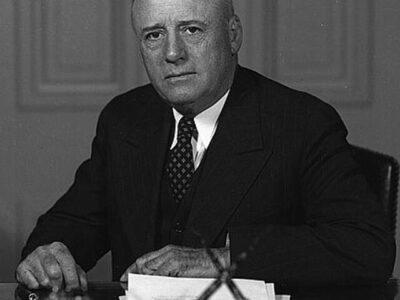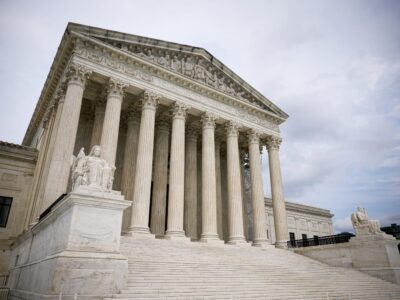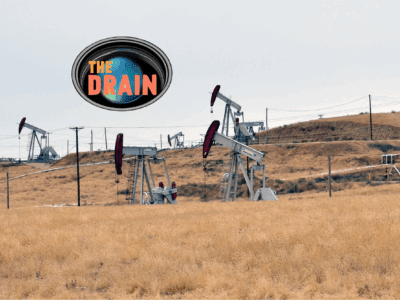Labor and the Environment
Let’s talk about jobs and environmental protection.
Labor Day is a good time to talk about an important topic: the impact of environmental protection on jobs. This is a clearly a fraught issue. In support of his deregulation campaign, President Trump promised to “cancel every needless job-killing regulation and put a moratorium on new regulations until our economy gets back on its feet.” Biden, on the other hand, has said that “creating jobs and tackling climate change go hand in hand.”
As illustrated by Trump’s comment, “job-killing regulations” has been a long-time meme among conservatives. This assertion doesn’t seem to have much empirical support. The empirical evidence hasn’t shown large net losses in jobs from regulation. By and large, where regulations do cause a loss of jobs, a similar number of jobs are gained elsewhere.
Limited labor mobility, however, may mean that the people or areas losing jobs may not be the same the ones gaining them. In other words, even if there are renewable energy jobs elsewhere, coal miners may not be in a position to get them. That’s something that should concern us, because the human cost of long-term unemployment is high. Indeed, some studies by psychologists show that amputations cause less permanent psychological harm than long-term unemployment.
That being said, it’s not easy to know whether or how to take this into account. Job losses may involve firms or entire industries that were economically shaky to begin with, so the regulation only accelerated the inevitable. Moreover, regulations generally have to pass a cost-benefit test, meaning that the activity in question was economically inefficient. In a capitalist society, we usually don’t try to keep inefficient businesses afloat to save jobs, and efforts to do so often end up working badly.
The job creation capacity of environmental regulation also has to be considered. Studies showing that particular projects create jobs should be taken with a grain of salt, because we typically don’t know how many of those were new jobs or how many jobs might be lost elsewhere. There is no doubt, however, that green jobs are now a significant part of the economy. According to a 2019 study, “the US green economy is estimated to represent $1.3 trillion in annual sales revenue and to employ nearly 9.5 million workers; both of which have grown by over 20% between 2012/13 and 2015/16.” The figures for green jobs compares with “467,000 in mining, 200,000 in electricity generation and several hundred thousand elsewhere in manufacturing and construction related to fossil fuels.” Thus, there are about ten times as many green jobs as fossil fuel jobs.
Overall, there seems to be no reason to cede the jobs issue to opponents of environmental protection. Rather, there’s every indication that green jobs will only continue to grow. In short, Labor Day and Earth Day don’t have to be at odds.
Reader Comments
2 Replies to “Labor and the Environment”
Comments are closed.







I have run on company Inc in South Korea. So I want to start up solar power system in my building and houses sooner. I need a know how to build in solar power system in site.
Inaction On Climate Change Is Greatest Threat To Health, 220 Medical Journals Warn
https://legal-planet.org/2021/09/06/the-greening-of-labor-day/